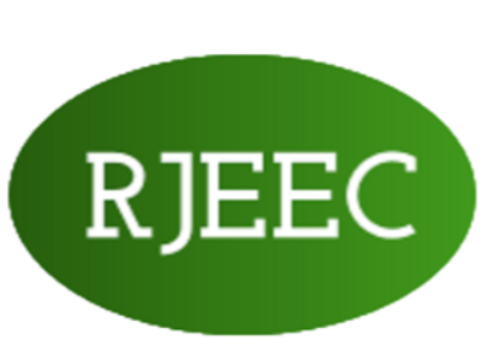
Microbiological efficiency tests of the cosmetic tools disinfection procedures
Authors: MONICA ALEXANDRA VAIDEANU, ALINA BANCIU, DRAGOS RADULESCU, DANIELA IONICA, MIHAI NITA-LAZAR
Keywords: Staphylococcus spp., disinfection, cosmetics
https://doi.org/10.21698/rjeec.2020.104In the last decade, the cosmetic industry has experienced a massive development, but there have also been issues related to their influence on the health of the population. The application methods of the cosmetic products could trigger the appearance of the skin infectious, which raise the need for efficient disinfection processes of the cosmetic products. At the present, the economic operators in the field of cosmetics are guided by medical regulations, but, unfortunately there are not standardized procedure for the application and control of disinfection. The aim of this study was to determine an efficient procedure of disinfection for instruments used in the application of cosmetics such as the beauty blender. There were performed two different disinfection procedures, a chemical disinfection using 70% ethanol and a physical disinfection with UV radiation. The influence of foundation on disinfection procedures was also tested. A standardized S. aureus and a S. haemolyticus bacterium from a human abscess were tested and an antibiotic resistance pattern was also analysed. The disinfection efficiency tests showed that the ethanol solution was effective after 5 minutes, decreasing the S. haemolyticus bacterial density by 50% in the absence of foundation. In the presence of the foundation, this process was no longer efficient, foundation having a possible protection and nutritional role for bacteria. The radiation with UV at 265 nm showed a complete eradication of both bacterial strains after 1 minute, regardless of foundation presence or not. The antibiotic susceptibility tested showed that both strains had the natural penicillin resistance.



